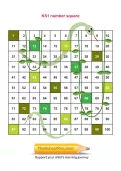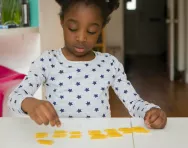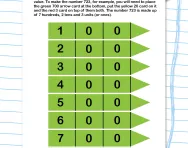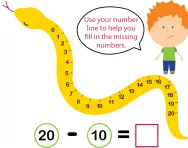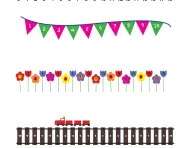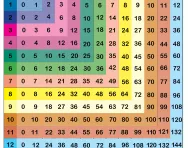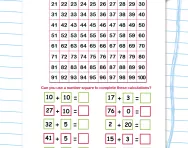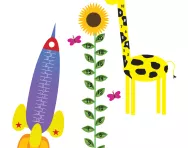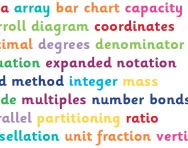TheSchoolRun.com closure date
As we informed you a few months ago, TheSchoolRun has had to make the difficult decision to close due to financial pressures and the company has now ceased trading. We had hoped to keep our content available through a partnership with another educational provider, but this provider has since withdrawn from the agreement.
As a result, we now have to permanently close TheSchoolRun.com. However, to give subscribers time to download any content they’d like to keep, we will keep the website open until 31st July 2025. After this date, the site will be taken down and there will be no further access to any resources. We strongly encourage you to download and save any resources you think you may want to use in the future.
In particular, we suggest downloading:
- Learning packs
- All the worksheets from the 11+ programme, if you are following this with your child
- Complete Learning Journey programmes (the packs below include all 40 worksheets for each programme)
You should already have received 16 primary school eBooks (worth £108.84) to download and keep. If you haven’t received these, please contact us at [email protected] before 31st July 2025, and we will send them to you.
We are very sorry that there is no way to continue offering access to resources and sincerely apologise for the inconvenience caused.
Number square to 100
What is a number square?
A number square, also known as a number grid or number chart, is a visual representation of numbers arranged in a grid format. Typically, it consists of rows and columns with numbers arranged sequentially from left to right and top to bottom.
Why are number squares used for in primary school?
Number squares are used in primary schools for several reasons:
- Number recognition: number squares help young children recognise and familiarise themselves with the sequence of numbers from 1 to 100 or beyond. This foundational skill is crucial for further mathematical learning.
- Counting practice: number squares provide a structured format for children to practice counting by ones, twos, fives, or tens. This helps them develop fluency in counting and understanding number patterns.
- Number patterns: by visually seeing numbers arranged in a grid, children can identify and explore various number patterns, such as diagonal patterns, rows, columns, and skip counting.
- Addition and subtraction: number squares are useful for introducing basic addition and subtraction concepts. Children can use the grid to visually represent adding or subtracting numbers and understand the relationship between numbers.
- Introduction to multiplication: number squares can also be used to introduce basic multiplication concepts, such as identifying multiples of a number or finding patterns in multiplication tables.
How to use our number squares to 100
Print out our three number squares to help your child practise calculations at home, and find out more about how a number square is used in the primary-school classroom. You can use them for various activities (learning addition, multiplying etc.) and you can stick them up around the home to help with larger number recognition. 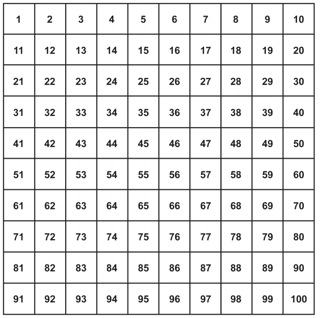
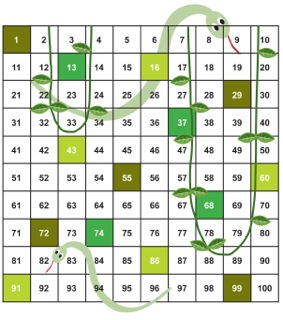
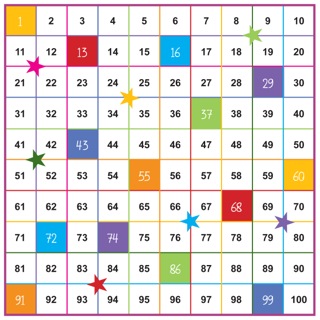
If you are planning to use a number square to help with times tables practice in KS2, download our free multiplication square.
